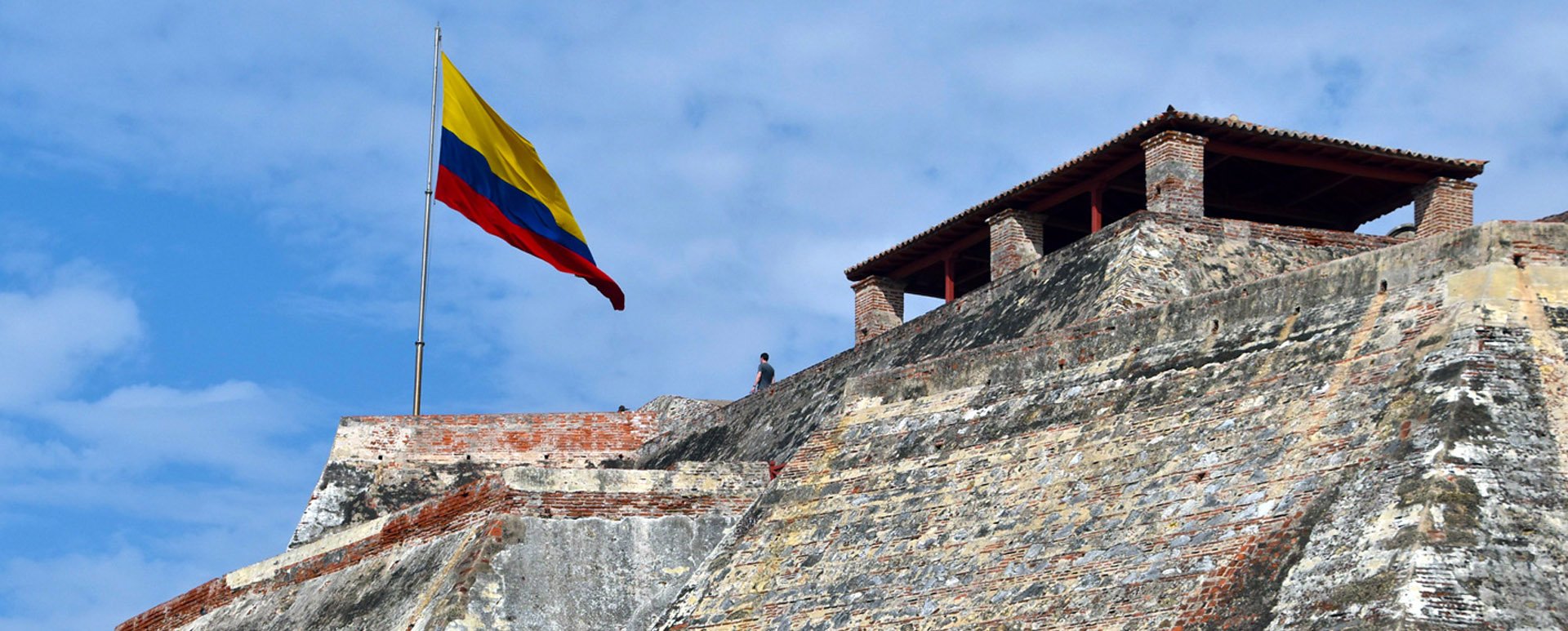
Colombia’s tourism sector has experienced huge growth over the last decade – and for good reason! Read on to learn more about the top trips and tours in Colombia at Andean Discovery!
COFFEE TRIANGLE
Coffee lovers curious about the origin of their morning buzz will love exploring eje cafetero, home to world-renowned Arabica coffee. The area’s mysterious scenery, an assortment of flora and fauna, charming Andean villages, and tasty traditional trucha (trout) will captivate the interest of people who don’t even drink the famed beverage.
CARTAGENA
Colorful colonial history, tropical Caribbean setting, and wonderful weather come together in Cartagena. Enjoy a laidback ambiance as you explore Ciudad Amurallada, one of the world’s best-preserved walled cities containing a plethora of flowers, colorful buildings, and intimate plazas. Make sure to pack your dancing shoes because Cartagena has a variety of authentic salsa joints where the bands play as their pay depends on getting people to dance.
AMAZON CALANOA LODGE
View the Amazon rainforest from the comfort of a low-impact, small-scale settlement with easy access to natural marvels. The Calanoa Project promotes respectful tourism by working with nearby indigenous communities to preserve ancestral knowledge and cultural practices. They have planted hundreds of hardwood trees, fruits and palms have been planted in order to supply food, fibers, and building materials for a self-sufficient operation. You will also enjoy Calanoa’s cuisine, a fusion of local Amazonian traditions with Brazilian, Colombian, and Peruvian influences using organic and fresh local produce.
NATIONAL PARK TOUR
One of Colombia’s most popular national parks, Tayrona National Park, encompasses the Caribbean coast from the Bahía de Taganga near Santa Marta to the mouth of the Río Piedras. Tayrona National Park includes beaches, a rainforest, and even an arid landscape with cacti and light-brown hills in the western section. The park is home to at least 56 endangered species.
NATURE RESERVE
Birders and wildlife enthusiasts shouldn’t miss El Dorado Reserve, considered to be a Holy Grail for birding in the Americas. This 1,600-acre reserve hosts the highest concentration of continental, range-restricted bird species found anywhere in the world, just a two hours drive from the tourist city of Santa Marta. You can also find endemic and threatened amphibian specie, as well as local flora and fauna.
MEDELLIN
A historically infamous city, Medellin is now gaining attention for its incredible rebirth and inventiveness. Colombia’s second-largest city even beat cities like New York and Tel Aviv to be awarded “World’s Most Innovative City†in 2013. Known as the ‘City of Eternal Spring’, the area boasts pleasant temperatures year-round and supports lush botanical gardens in its picturesque location in the Aburrá Valley. This vibrant city is filled with public art, modernist architecture, and impressive museums, but the party really starts when the sun goes down and rhythms of Colombian Salsa and Vallenato music fill the air. This city likes to eat, drink, dance, and watch soccer in its numerous bars and restaurants.